I have been looking for an answer without success (1,2,3) and a lot of the questions I have found about string aggregation involves only string aggregation when all the columns are strings. This is a mixed aggregation with some specific details.
The df:
df = pd.DataFrame({
'Group': ['Group_1', 'Group_1','Group_1', 'Group_1', 'Group_2', 'Group_2', 'Group_2', 'Group_2', 'Group_2', 'Group_2'],
'Col1': ['A','A','B',np.nan,'B','B','C','C','C','C'],
'Col2': [1,2,3,3,5,5,5,7,np.nan,7],
'Col3': [np.nan, np.nan, np.nan,np.nan,3,2,3,4,5,5],
'Col4_to_Col99': ['some value','some value','some value','some value','some value','some value','some value','some value','some value','some value']
})
The function used for the output (source):
def join_non_nan_values(elements):
return ";".join([elem for elem in elements if elem == elem]) # elem == elem will fail for Nan values
The output:
df.groupby('Group')[['Col1', 'Col2', 'Col3']].agg({'Col1': join_non_nan_values, 'Col2': 'count', 'Col3':'mean'})
The output expected:
The output for Col1 and Col2 is a counting. The left side is the value, the right side is the count.
PD: If you know a more efficient way to implement join_non_nan_values function, you are welcome! (As it takes a while for it to run actually..) Just remember that it needs to skips missing values



